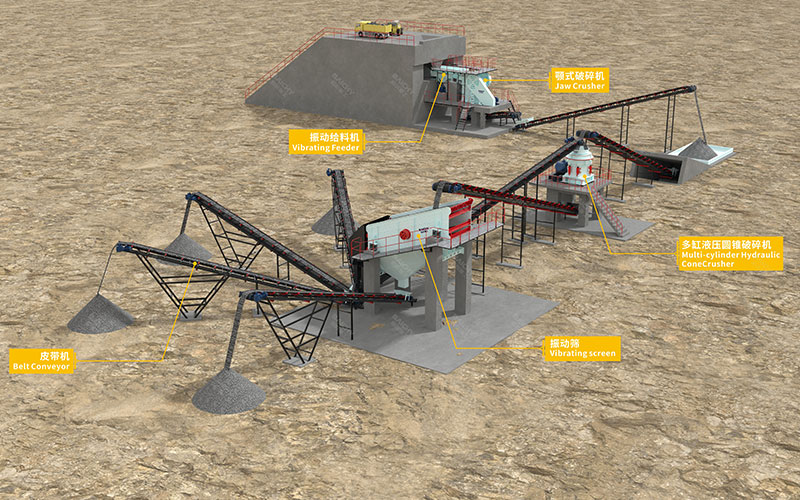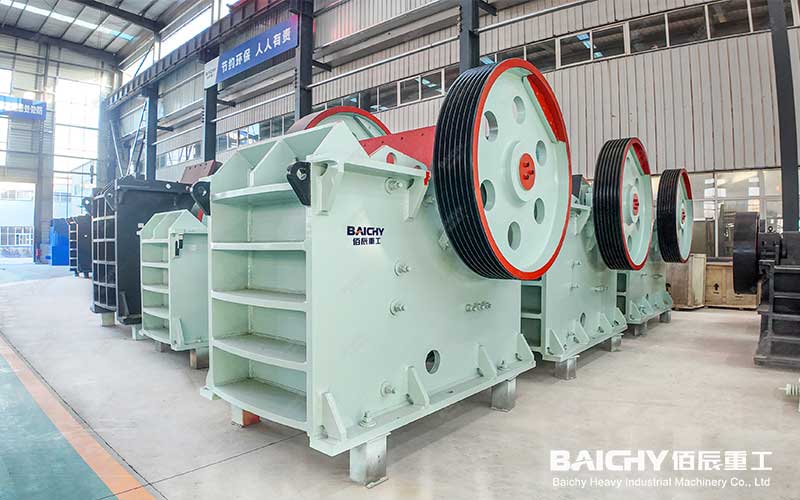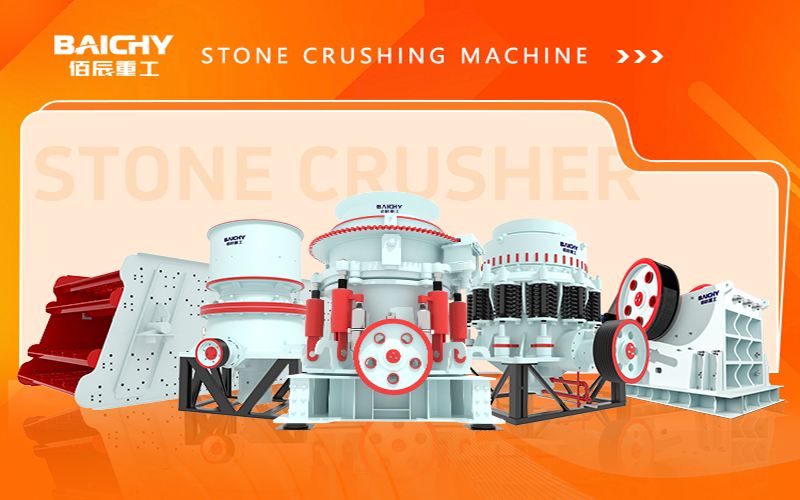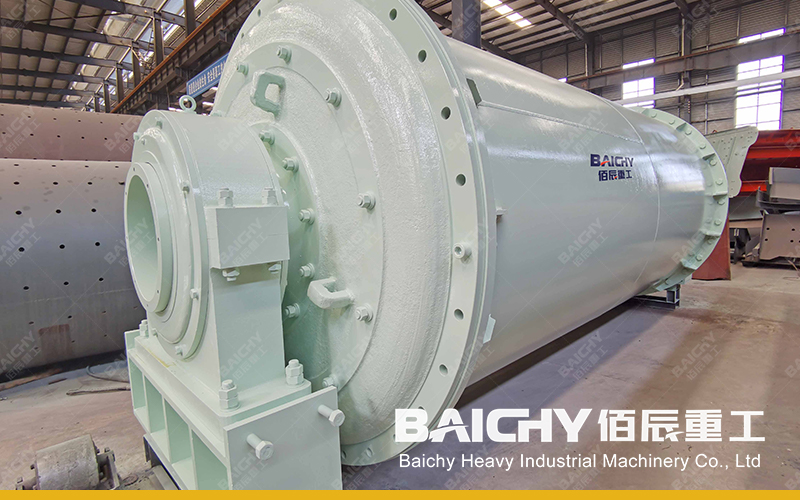
Andesite, a rock with high hardness and excellent wear resistance, is a high-quality building stone and aggregate raw material. For medium-to-large-scale production needs with an output of 300 tons per hour, selecting the right crushing equipment and configuring an efficient, stable, and wear-resistant production line is crucial to project success. This article provides a detailed guide to equipment selection and configuration.
I. Core Challenge: Characteristics of Andesite and the Demand for High Production
• High Hardness and Abrasiveness: Andesite's high silicon content places significant wear on the wear-resistant components of the crushing equipment (such as jaw plates, mortar walls, and hammers). The equipment must possess excellent wear resistance.
• 300 tons/hour production capacity requirement: This is a medium-to-large production line, placing high demands on the equipment's maximum processing capacity, operational stability, and continuous reliability.
• Finished Product Specifications: The particle size and gradation of the finished product from multi-stage crushing must be determined based on the intended use (such as concrete aggregate, asphalt aggregate, roadbase material, etc.).
Download ↓↓↓
II. Recommended Core Crushing Equipment Selection
Due to the characteristics of andesite, we recommend a multi-stage crushing process combining primary and secondary crushing. The core equipment selection is as follows:
1. Primary Crushing Stage: Jaw Crusher
◦ Recommended Model: PE-1200×1500 or equivalent large jaw crusher.
◦ Advantages: Simple structure, reliable operation, and high processing capacity make it an ideal choice for primary crushing in a production line. Its powerful crushing force can easily handle large andesite boulders.
◦ Function: Crushes andesite boulders with a particle size of up to 1020mm to less than 250mm, preparing for subsequent secondary crushing.
2. Secondary and Tertiary Crushing Stage: Cone Crusher
◦ Recommended Model: HP300, HST250 or equivalent single-cylinder/multi-cylinder hydraulic cone crusher.
◦ Advantages: This is the optimal choice for crushing andesite. Utilizing a laminated crushing principle, it not only achieves high yields but also produces a fine-grained product with low flake content. More importantly, its core components are made of highly wear-resistant alloy, ensuring a long service life and making it particularly suitable for processing hard materials like andesite.
◦ Function: Further crushes the coarsely crushed material to aggregates below 40mm. The output particle size can be controlled by adjusting the hydraulic system, providing flexibility and efficiency.
3. Shaping Stage (Optional): Impact Crusher (Sand Making Machine)
◦ Scenario: If the final product particle shape is extremely demanding (such as for high-standard concrete) or if manufactured sand production is required, an impact crusher can be added for sand shaping.
◦ Note: Due to the high hardness of andesite, the impact crusher's hammers will wear rapidly, so cost considerations should be taken into account.
III. Process Configuration of a 300-ton-per-hour Andesite Crushing Production Line
A typical and efficient configuration is as follows:
1. Feeding: A vibrating feeder evenly and continuously feeds the andesite raw material from the silo into the jaw crusher.
2. Primary Crushing: The jaw crusher performs the initial crushing.
3. Transfer and Screening: After coarse crushing, the material is conveyed by a belt conveyor to a circular vibrating screen for pre-screening. Materials that meet the feed size requirements for secondary crushing proceed to the next stage, while oversized materials are returned or processed further.
4. Secondary and Fine Crushing: After pre-screening, the material enters a cone crusher for core secondary and fine crushing.
5. Finished Product Screening: After crushing, the material is lifted by a belt conveyor to a multi-layer circular vibrating screen for classification according to different sizes (e.g., 0-5mm, 5-10mm, 10-20mm, 20-31.5mm, etc.).
6. Finished Product Output: Finished products that meet specifications are conveyed by a belt conveyor to their respective stockpiles. Unqualified, large particles are returned to the cone crusher for closed-circuit crushing.
IV. Solution Advantages Summary
• High Efficiency and High Productivity: Precise equipment selection and matching ensures a stable production capacity of the entire line reaching and exceeding 300 tons/hour.
• Wear-resistant and durable: The core crushing equipment (especially the cone crusher) is optimized for hard rock, and key components are made of ultra-wear-resistant materials, significantly reducing maintenance costs and downtime.
• High-quality finished products: The laminated crushing principle produces cubic aggregate with a well-balanced gradation and high market value.
• Stable operation: The proven process and high equipment reliability ensure long-term, continuous and stable operation of the production line.
A 300-ton-per-hour andesite crushing project is a systematic project, and the selection of appropriate equipment is the cornerstone of success. We recommend that you conduct in-depth discussions with a professional equipment supplier based on your specific raw material particle size, finished product requirements, and investment budget to obtain the most economical and efficient customized solution.













